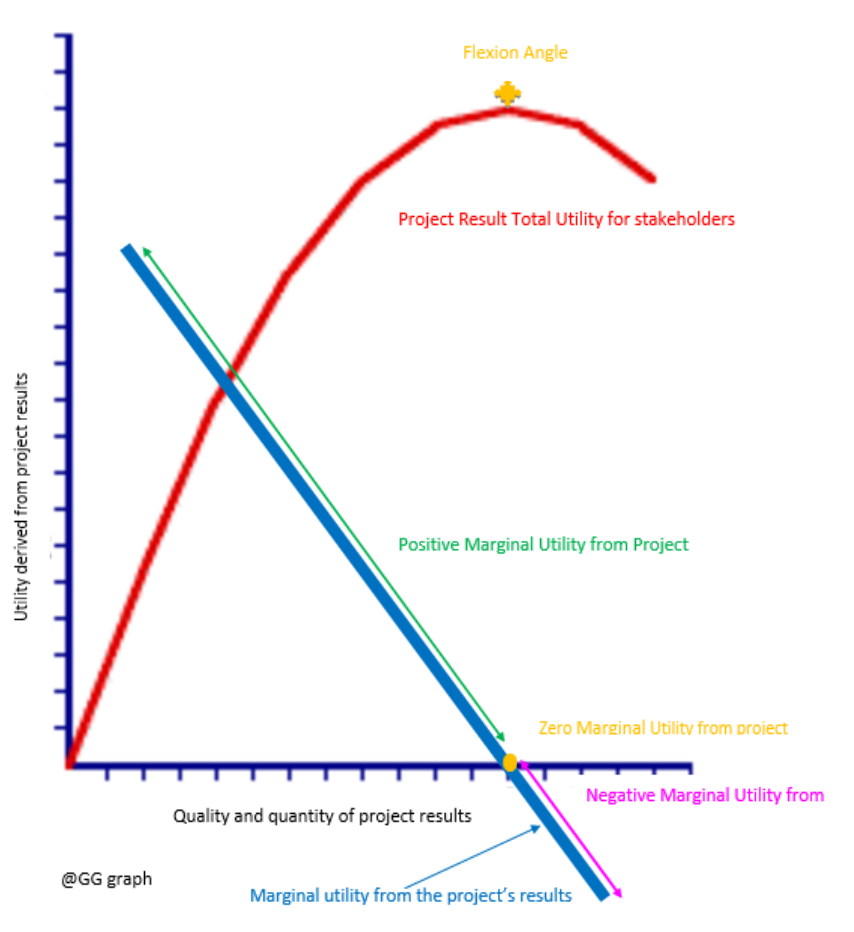Lean and Project Sustainability
On July 18th, 2008, SPIEGEL quoted the Dutch architect Rem Koolhaas on how sustainability is seen and understood by various people. Rem Koolhaas allegedly said that “sustainability is such a political category that it’s getting more and more difficult to think about it in a serious way”. The issue raised by Rem is that sustainability is a complex concept, difficult to think about. It is therefore difficult to implement and control a concept that doesn’t come out clearly in our minds.
The former German Chancellor Angela Merkel, quoted by the financial times on March 28th, 2009, commented on sustainability from the lean management viewpoint and opined that the 2007-2009 Great Recession “did not come about because we issued too little money but because we created economic growth with too much money, and it was not sustainable growth.”
The issue raised by Merkel is that monetary and related instruments leave out key lean principles, especially on eliminating waste, namely (i) identifying and specifying value from the customer’s perspective, (ii) mapping the value stream, (iii)creating continuous flow, and (iv) establishing pull system. Eliminating waste is a major aspect of quality management. With the USA’s Great Recession case at hand, this article discusses lean as a tool for sustainability.
Eliminating waste to maximize sustainability
Generally, there are two types of work: value-adding and non-value-adding work. The non-value-adding work is also known as waste. A major aspect of sustainability thinking is the efficient and effective management of resources. In lean management, there are 7 categories of waste that need to be considered for sustainability’s sake.
They include (i) overproduction, (ii) over processing, (iii) waiting, (iv) transport, (v) inventory or stock, (vi) motion and (vii) defects.
Sustainability-oriented project teams will strive to eliminate these wastes to make sure project results “meet the needs of the current generation without compromising the ability of future generations”. By eliminating the above-listed wastes, project teams increase the chances for project results to survive the closure phase.
Voice of the customer (VOC) as the foundation for sustainability
The Brundtland Commission report underscores three dimensions of sustainability namely environment, society, and economy. The social dimension of sustainability requires that beneficiaries of any given intervention are heard and participate in the decision-making process. It is this participation in the decision-making that guarantees the ownership of beneficiaries. Not only the lack of this ownership does shorten the lifecycle of the project results but also erodes the capacity of beneficiaries for resilience and adaptation. Needless to mention that resilience and adaptation are key features of a sustainable intervention.
Applied to project management, the lean methodology uses VOC to collect information on how customers or stakeholders feel about the project and their expectations. For instance, customers interviews, live chat, focus group discussions, emails, social media, feedback forms or even special events such as customer dinner or brown-bag lunch are organized to collect data on how customers, at their respective chain levels, feel about the business, the products and understand their preferences.
Advertisement
[widget id=”custom_html-68″]
Mistake-proofing the sustainability-related processes
Mistake-proofing, also known as poka-yoke, is a declaration of systematic war against errors to make it impossible for an error to happen or if it occurs it doesn’t reach customers. The majority of poka-yoke in manufacturing use automatic devices or other technological tactics to filter out errors.
It is advisable that, in all industries, whenever possible, the project team and other stakeholders use poka-yoke to prevent the occurrence of errors throughout the project life cycle. For instance, during the formulation or reviews of the projects, checklists can be automated using drop-down lists with links to critical features of sustainability.
If certain sustainability requirements are not met, the next step will be put on hold until everything is right. Advanced technologies will also include digital documents and pictures (both baseline and targets). The use of GIS and GPS in mistake-proofing helps to prevent environment-related mistakes. Simply put, there are many ways project sustainability can be assured using the poka-yoke technique.
Two Muda that threaten sustainability: the USA great recession case
What if chancellor Merkel’s complaint was about overproduction or over processing? From her argument, we learn that the traditional belief that monetary policies and related instruments designed and implemented by central banks and other monetary institutions are not necessarily demand-driven. When Chancellor Merkel argued that “too much money” was supplied in the market, she warns us against the Muda of overproduction of money that doesn’t match with sustainable growth.
Assuming that Merkel was right, it is logical to warn against a new Muda of overproduction probably worse than the 2007-2009 great recession, as it would be exacerbated by the solution brought by the federal reserve. In fact, as a response to the crisis, the Federal Reserve, along with massive government spending, reduced the interest rate to zero and bought financial assets to add more money into the economy.
From another analytical angle and in line with Merkel’s opinion, since the federal reserve injected much money into the economy, it can be inferred that a second Muda of over processing is ongoing. For complex processes, unless mistake-proofing is used, over processing can only be known when products are out and customers don’t take them.
Conclusion
With scarce resources and increasing demand by the current generation, it is urgent to think about how to assure the quality and quantity of what the current generation will leave for the future one.
This said, we need to first figure out what will be the needs of future generations and then, as advised by the Lean Methodology, establish a pull system to serve those needs. The above-discussed great recession would not have happened if there were a poka-yoke to prevent it. The fundamental question is why the Federal Reserve didn’t think of mistake-proofing in the financial system to prevent the crisis.
Is it because this kind of poka-yoke is impossible? Is it because, as Rem tries to convince us, sustainability is just a fashionable political category?



 CONCLUSION
CONCLUSION